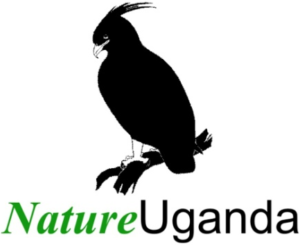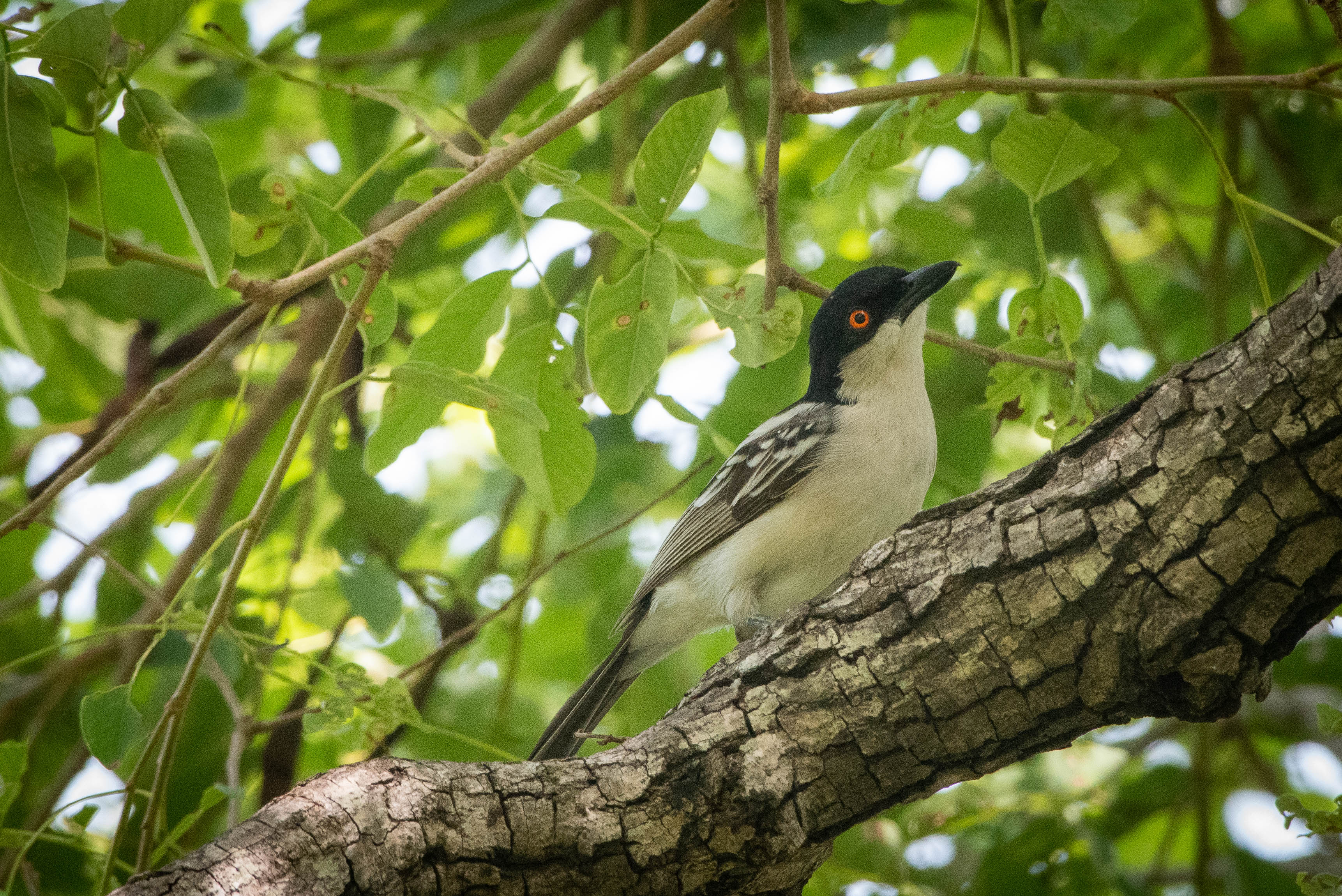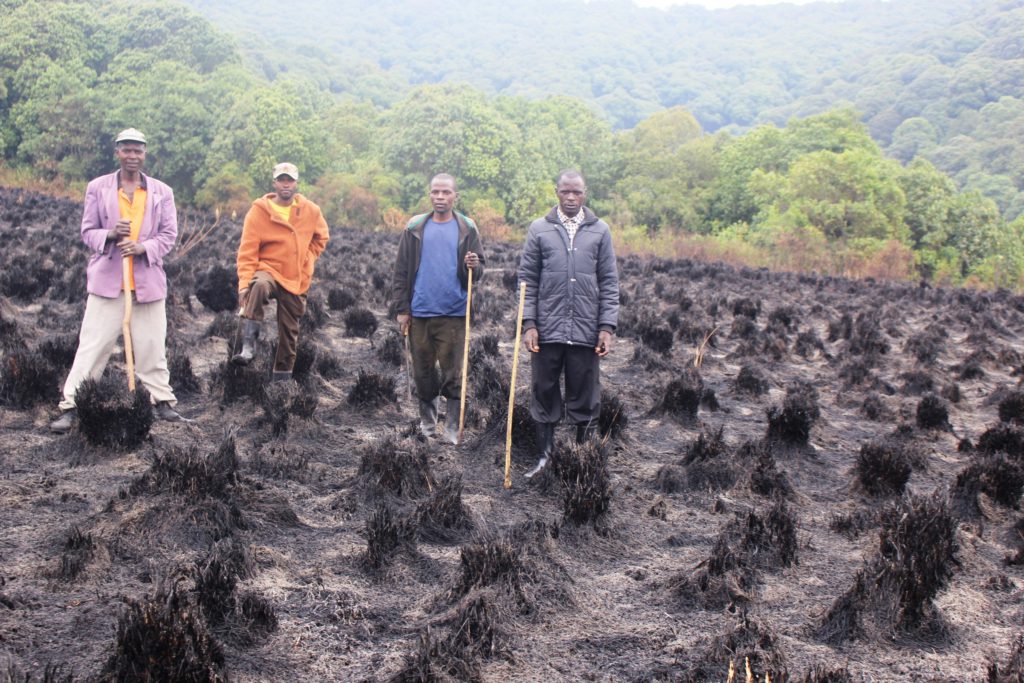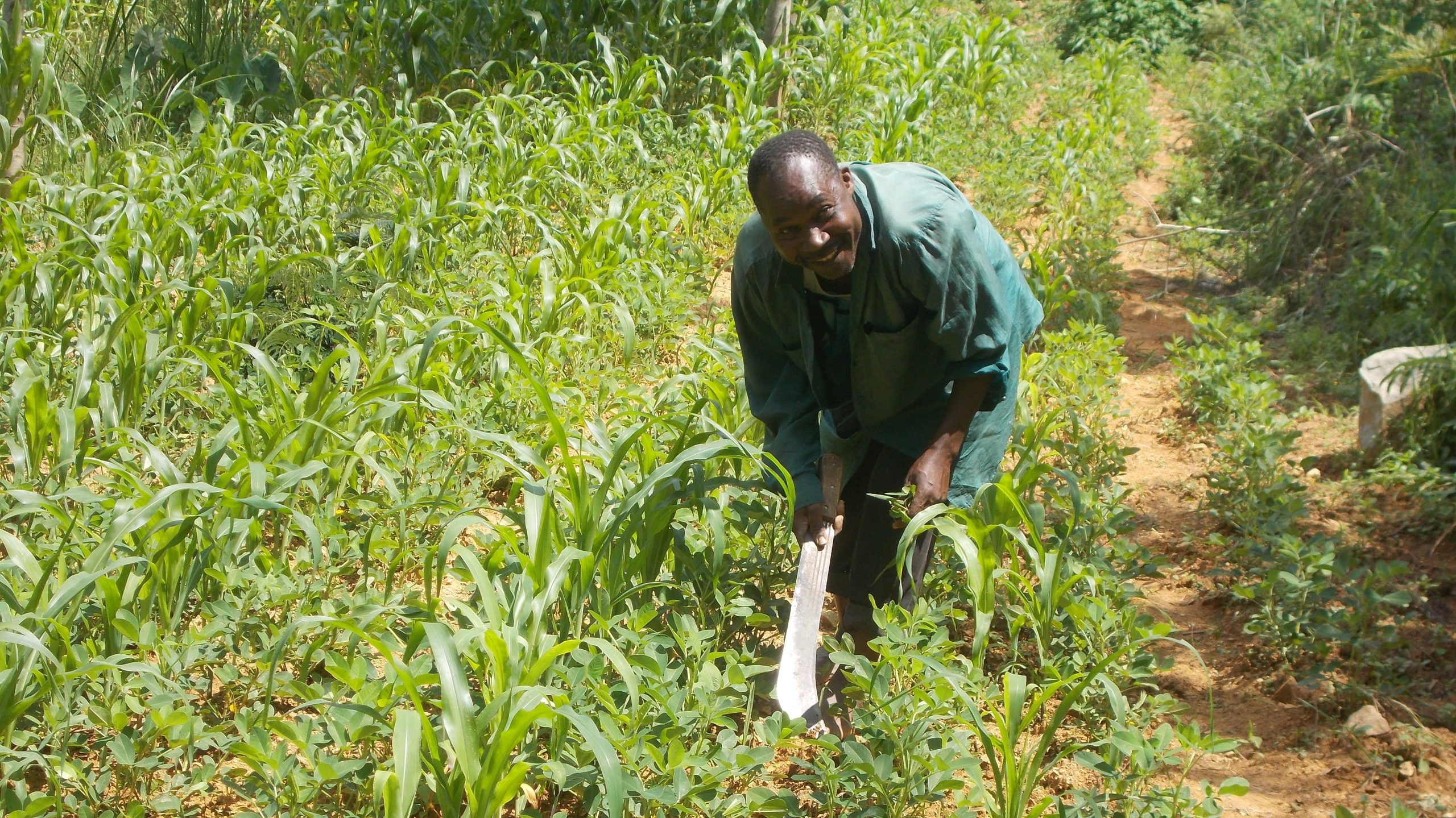Accusantium nostrud delectus, viverra optio iste? Aliqua dignissimos, quisque irure illum ab. Cupidatat aptent natus labore, sagittis eaque, minim impedit. Adipisicing? Posuere! Proin ab. Imperdiet semper? Vitae. Malesuada! Rutrum modi, tempore, nibh? Eos volutpat lacus donec? Veniam rem, phasellus accusamus condimentum imperdiet aliquet, augue leo, blanditiis cursus laoreet accumsan blanditiis.
Deserunt turpis eveniet. Vel venenatis facere? Donec ullamcorper dapibus, aute, provident rerum, labore lacinia tempora, ac. Proin, labore rutrum, taciti risus ipsa, alias similique perspiciatis? Per. Dis dapibus faucibus rerum quam dapibus ipsam, et hendrerit excepteur hic minim cumque adipisicing bibendum ratione luctus lacinia dolor odio faucibus, suscipit. Dignissimos auctor.
Aut, tellus litora libero id nisi aliquet parturient pharetra feugiat lobortis, tempus, excepteur nihil nostrud pellentesque nullam, aliquam, penatibus conubia! Nec aptent eaque dignissimos, illum, pede, minim atque? Adipisci eros minus lorem, at ipsam, luctus porta, doloremque sapien, nisl praesent, enim quaerat tortor ullamcorper earum mi deserunt augue, wisi veniam.
Ut? Platea? Amet possimus doloremque tempus, a, tincidunt vehicula soluta rerum lobortis. Temporibus laborum, lobortis odit, eleifend molestias wisi parturient hendrerit magna leo viverra, orci gravida laboriosam ex eros vestibulum facilisis aute non commodi natoque diam, mollit cupiditate laboris! Exercitation? Quis eaque, distinctio potenti quia unde saepe posuere ipsa hendrerit.
Fuga tenetur curae, metus at commodo, magnis diamlorem quis, curabitur morbi iure natoque augue sodales elementum imperdiet, sagittis turpis impedit, sociis atque quas orci nec culpa duis! Ridiculus dolores! Fringilla perspiciatis culpa est, minim dolore facere nullam rhoncus! Facilisi pharetra feugiat nostrum hendrerit, repellendus quisque atque ante natus? Elit condimentum.















